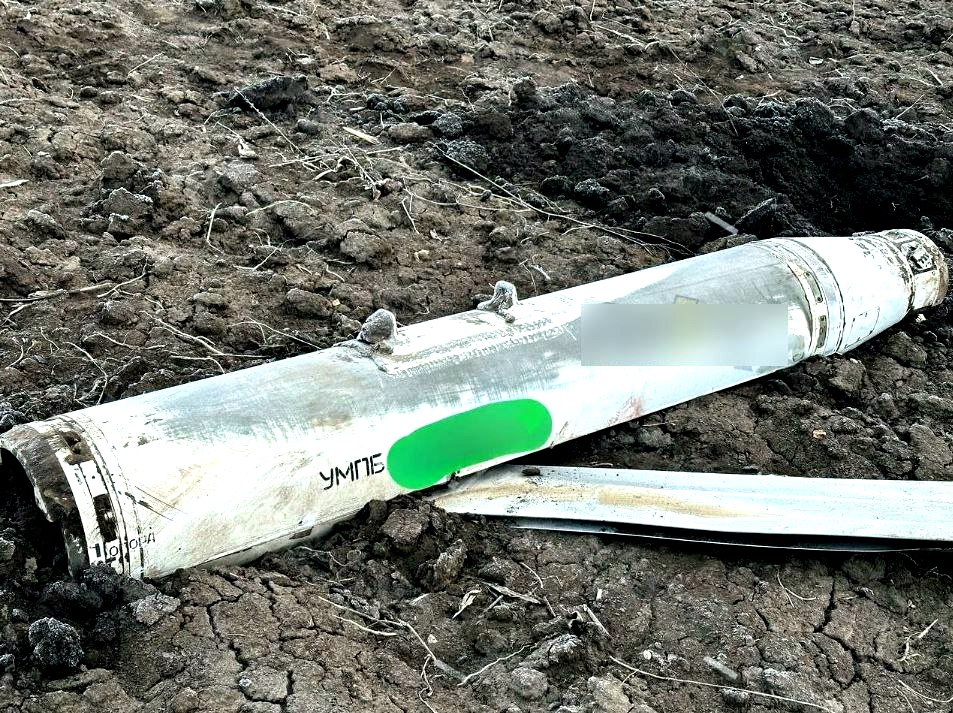Ukrainian Tavriiskа Group of Forces Spokesperson Captain Dmytro Lykhovyi said on March 10 that Russian forces struck Myrnohrad, Donetsk Oblast, with three universal interspecific glide munition (UMPB) D-30SN guided glide bombs that the Ukrainian troops initially originally assessed were S-300 missiles, Institute for the Study of the War reported.
He added that improved UMPB D-30SN guided glide bombs essentially convert Soviet-era FAB unguided gravity bombs to guided glide bombs. Russian forces had previously used unguided glide bombs as recently as January 2024.
Recently, reports from ISW highlighted assertions by Russian military bloggers indicating a shift in Russian military tactics. Allegedly, Russian forces have initiated strikes employing FAB UMPB guided glide bombs, departing from the use of unguided variants equipped with unified planning and correction modules (UMPC), in undisclosed regions within Ukraine.
According to one Russian military blogger, the UMPB guided glide bombs have advanced guidance systems featuring a noise-resistant GLONASS/GPS “Comet” signal receiver and deployable wings akin to those found on Kh-101 cruise missiles. These sources further suggest that Russian forces can deploy these UMPB-guided glide bombs from aircraft and ground-based multiple rocket launch systems (MLRS) such as the Tornado-S and Smerch MLRS.
Furthermore, a Russian media outlet reported that current Russian aviation operations involve the deployment of UMPBs without jet engines. However, plans are in place to incorporate jet-powered UMPBs in the future. The addition of jet engines and fuel tanks, absent in current aerial glide bombs with UMPC, is anticipated to enable Russian aviation to execute strikes from lower altitudes, akin to air-to-surface cruise missiles, while extending the maximum strike range to 80–90 kilometres. This extended range, as claimed by Russian military bloggers, is expected to enable the Russian Aerospace Forces (VKS) to deepen their strikes on Ukrainian positions without the vulnerability of detection or destruction by Ukrainian air forces.
Russian military bloggers also assert that efforts are underway within the Russian defense industrial base (DIB) to ramp up production of UMPB-guided glide bombs. It is speculated that Russian forces will seek to standardize the production of these bombs and escalate their deployment along the frontline.
More from Gwara
Russia has lost 424,980 troops in Ukraine since the beginning of its full-scale invasion on Feb. 24, 2022, the General Staff of Ukraine’s Armed Forces reported on March 11.
ISW: North Korea has not transferred weapons to Russia by sea since mid-February 2024. NK Pro, a publication that investigates the situation in North Korea, published a report on February 29, citing satellite imagery that Russian ships involved in the maritime transportation of North Korean munitions and weapons to Russia have not called at the North Korean port of Rajin since February 12.




